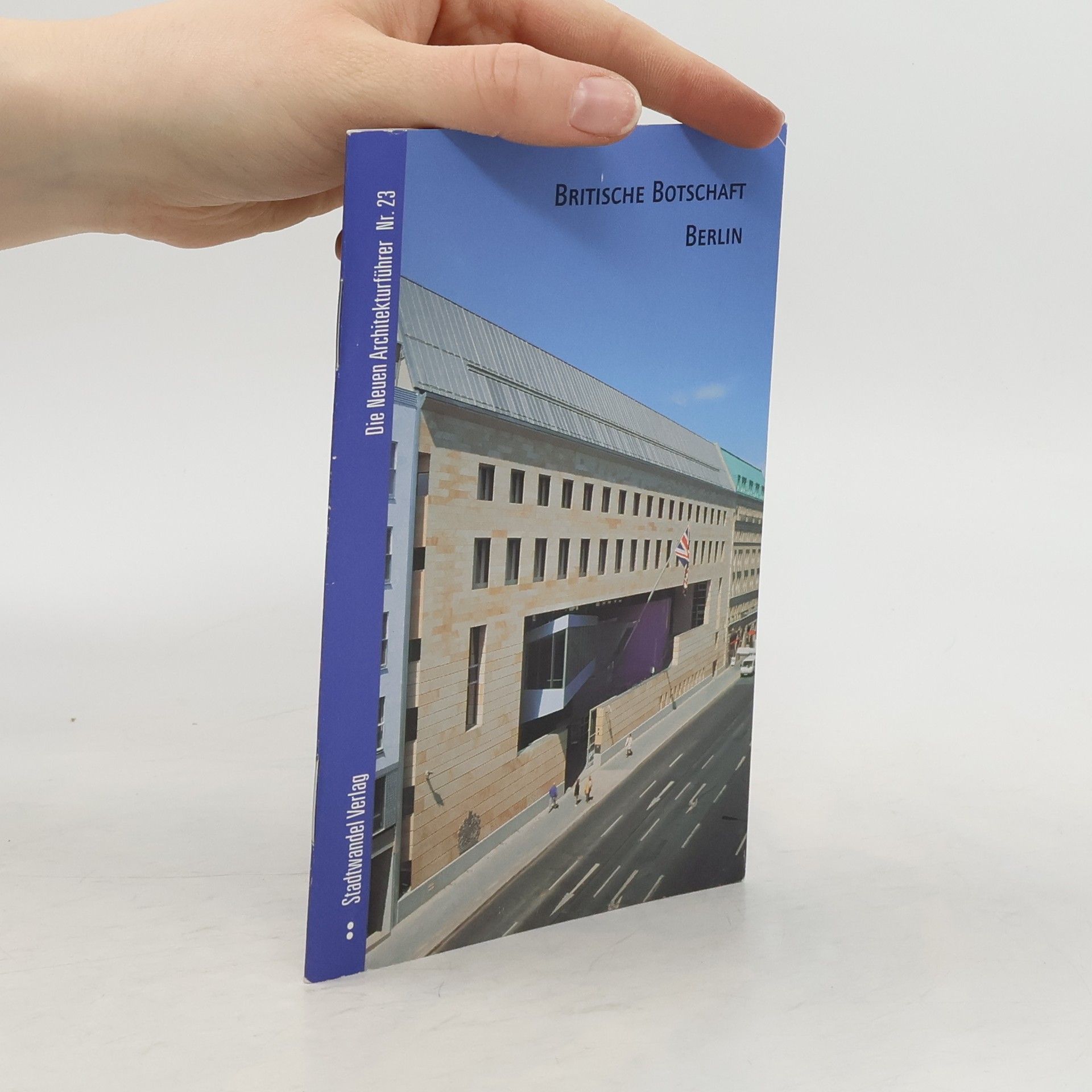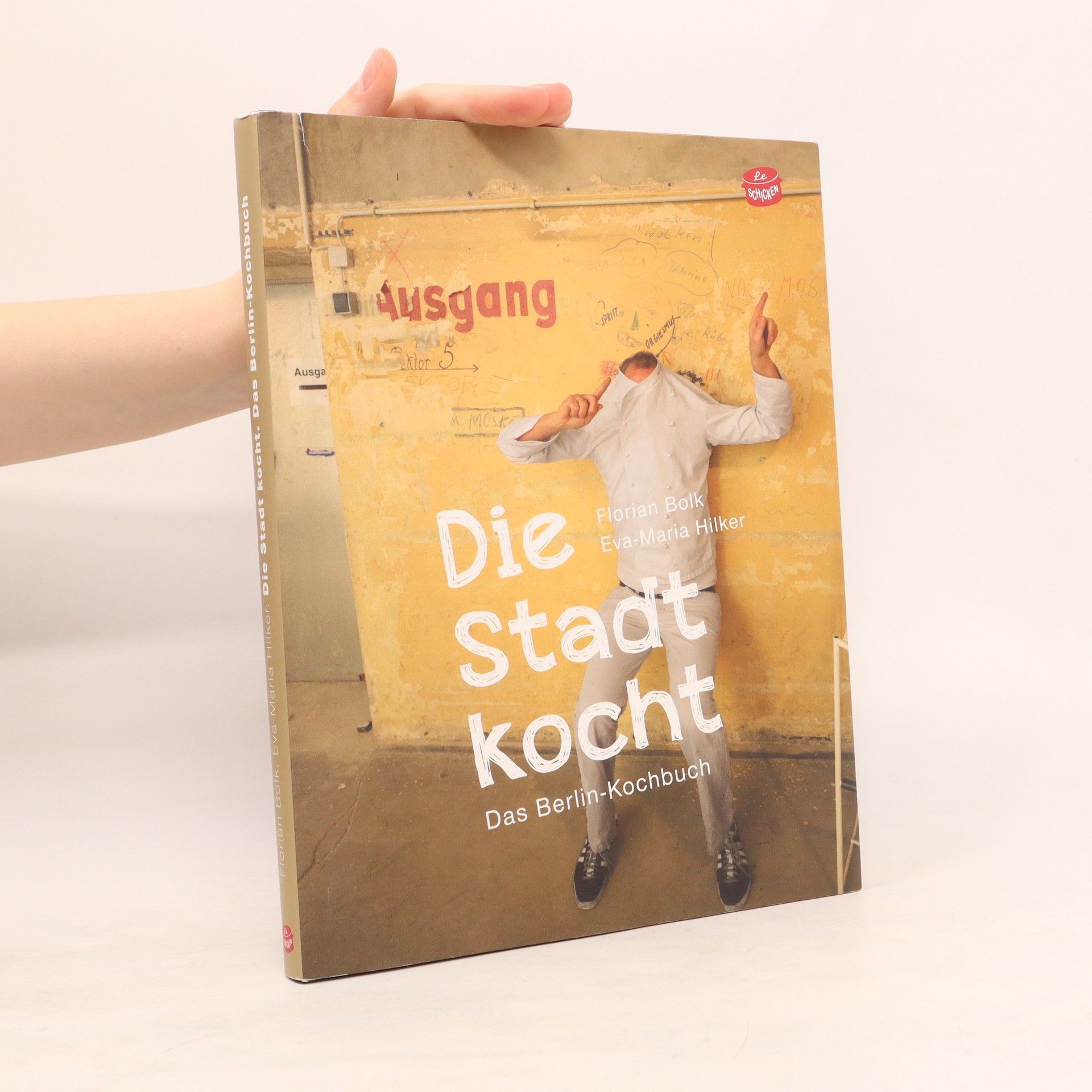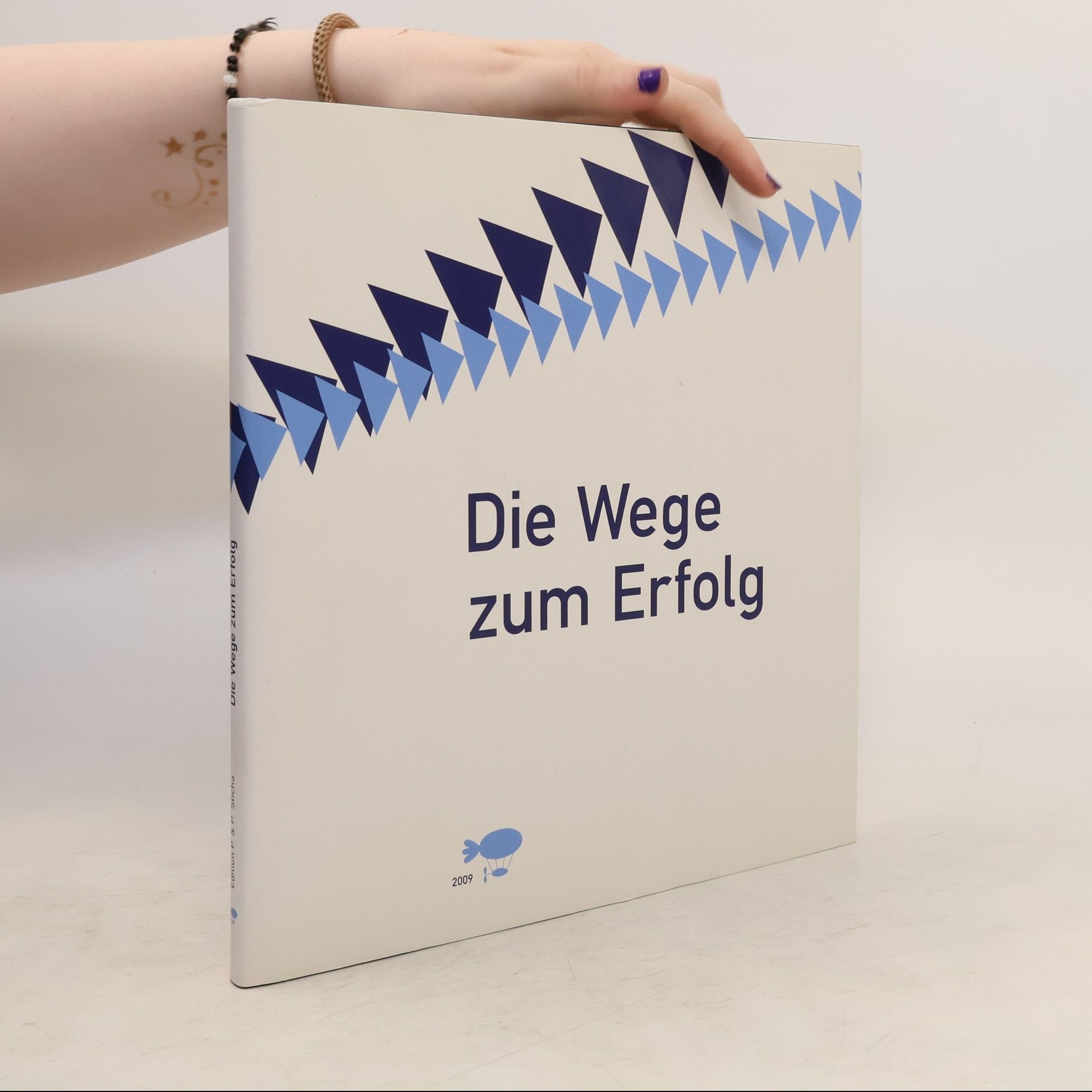Florian Bolk Book order






- 2012
- 2011
Gedenkorte - 1: Gedenkstätte und Museum Sachsenhausen
- 32 pages
- 2 hours of reading
Fur einen Besuch der Gedenkstatte und des Museums Sachsenhausen in Oranienburg bietet nun der Band Nr. 1 der Reihe Gedenkorte kompakte Hintergrundinformationen. Aktuelle Bilder begleiten einen Text von Dr. Peter Jochen Winters. Der Band erscheint zum 60. Jahrestag der Befreiung des Konzentrationslagers Sachsenhausen im April 2005.Sachsenhausen - das ist ein aufgeschlagenes Geschichtsbuch mit vier Kapiteln und einem Zwischenstuck. Wahrend sich in Berlin im Sommer 1936 die Jugend der Welt bei den Olympischen Spielen traf, mussten nur wenige Kilometer weiter nordlich Haftlinge in der an die Stadt Oranienburg grenzenden Gemeinde Sachsenhausen ein "modernes, vollkommen neuzeitliches Konzentrationslager" (Heinrich Himmler) errichten. Bereits seit Marz 1933 hatte die SA in einer alten Brauerei im Zentrum Oranienburgs das erste Konzentrationslager in Preussen unterhalten. Nach der Entmachtung der SA hatte es die SS Anfang Juli 1934 ubernommen und geschlossen. Am neuen Standort liess sie nun das Konzentrationslager Sachsenhausen bauen. Als KZ der Reichshauptstadt sollte es ein idealtypisches Modelllager der SS ein streng bewachtes, fur mehr als zehntausend Menschen ausgelegtes Haftlingslager mit Kommandanturbereich und - sudlich davon, getrennt durch die betonierte Lagerstrasse - ein mit Werkstatten und Depots ausgestattetes, ausgedehntes Truppenlager. Hier wurden die Totenkopfverbande der SS weltanschaulich geschult und militarisch ausgebildet - fur den Einsatz als Wachmannschaften in den Konzentrationslagern und als militarische Eingreiftruppe, die spater gemeinsam mit den SS-Verfugungstruppen den Kern der Waffen-SS bildete. In einem sudwestlich des Haftlingslagers gelegenen T-formigen Burobau befand sich seit 1938 die Inspektion der Konzentrationslager, die Verwaltungs- und Kommandozentrale aller Konzentrationslager sowie das Hauptquartier der Totenkopfverbande. In der Umgebung entstanden mehrere SS-Wohnsiedlungen mit Villen fur SS-Fuhrer und ihre Familien. Nach standigen Erweiterungen entsprach der KZ-Komplex bei Kriegsende 1945 rund einem Drittel der gesamten Flache der Stadt.
- 2009
Forum F.A.Z.: Die Wege zum Erfolg
- 94 pages
- 4 hours of reading
- 2005
Die Neuen Architekturführer - 70: Holocaust-Denkmal Berlin
- 22 pages
- 1 hour of reading
- 2000
Britische Botschaft Berlin
- 30 pages
- 2 hours of reading
